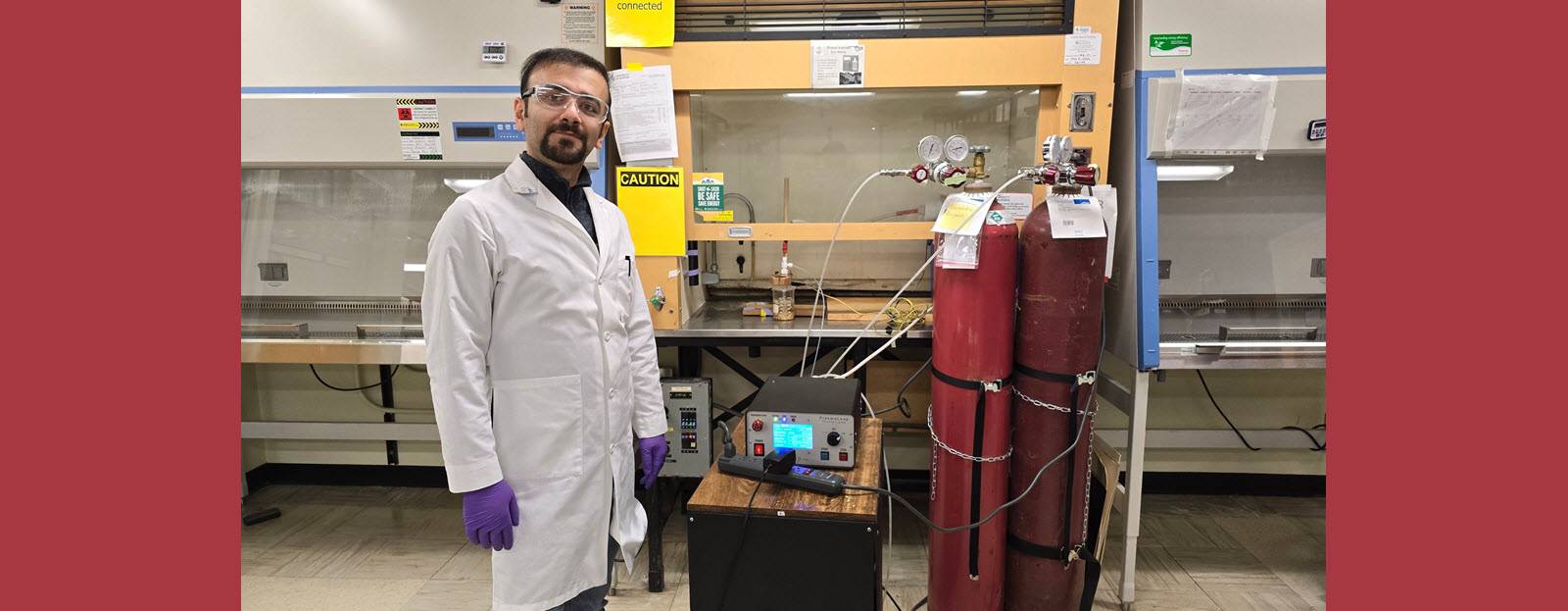
Researchers at the University of Alberta have discovered a promising new method for decontaminating grain using cold plasma, a low-temperature form of plasma like the matter found in stars. This technology can potentially improve food safety and reduce farmers’ losses.
Mycotoxins, harmful fungal toxins, contaminate over 25% of grains globally, including wheat and barley in Western Canada. These toxins pose health risks to humans and animals, leading to lower-quality crops and financial losses for farmers. Current methods for removing mycotoxins need to be more effective.
The U of A research team led by Ehsan Feizollahi used cold plasma to treat barley and wheat grains infected with common mycotoxins. Their findings showed a significant reduction in toxin levels, offering a more effective decontamination method.
“Cold plasma is an emerging technology with great potential for food safety,” says Professor M.S. Roopesh, who supervised the research. “It offers a faster, more efficient way to decontaminate grain while remaining environmentally friendly.”
Cold plasma treatment also showed unexpected benefits. Exposing barley seeds to plasma-activated water reduced toxin levels and improved seed germination by 10-13%. This could be a boon for the barley malting industry, where good germination is crucial.
The researchers believe this technology can be scaled up for industrial use. Feizollahi’s work identified key factors for improving treatment effectiveness, paving the way for further development.
This research represents a significant step forward for food safety and reducing agricultural losses,” concludes Roopesh. “Cold plasma has the potential to be a win-win for farmers, consumers, and the environment.”
Photo: Researcher Ehsan Feizollahi demonstrates the cold plasma steeping technology he and his research team are developing to decontaminate barley. Courtesy, University of Alberta.

